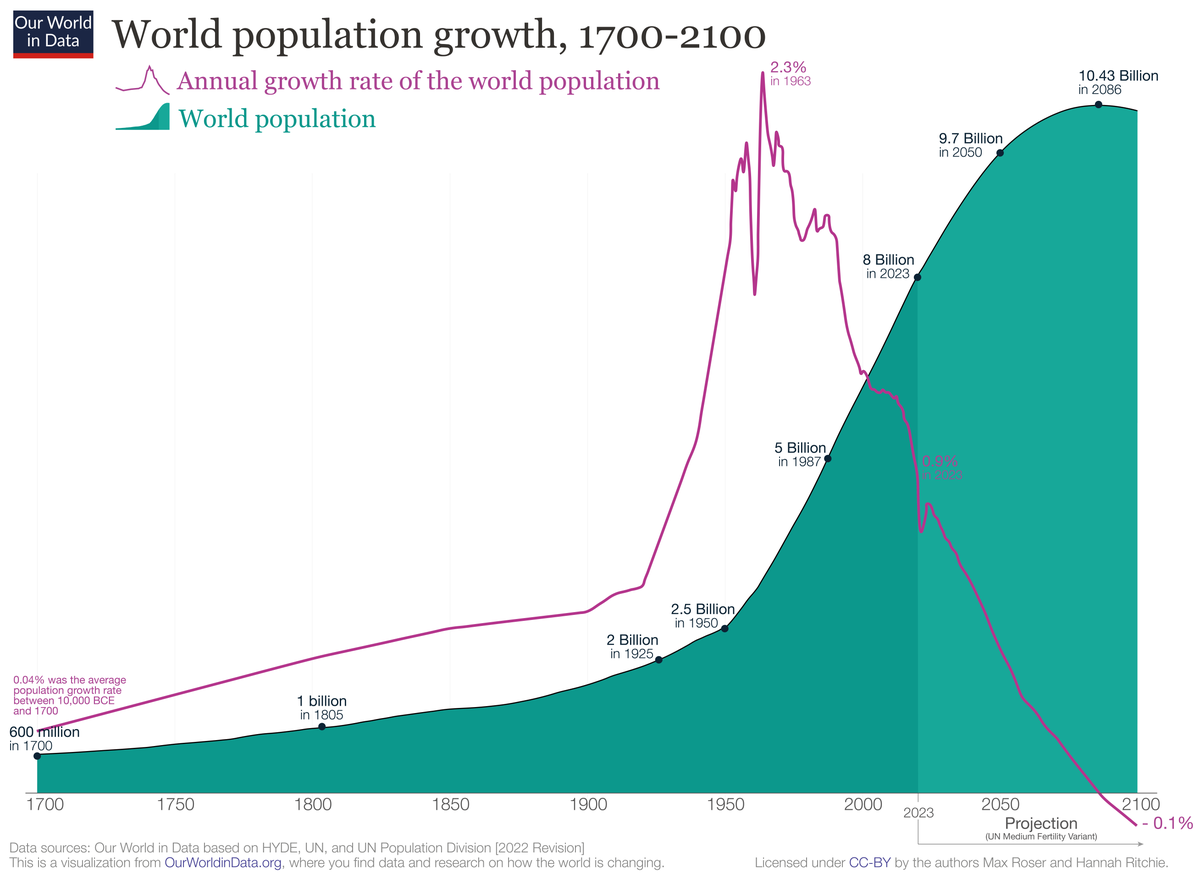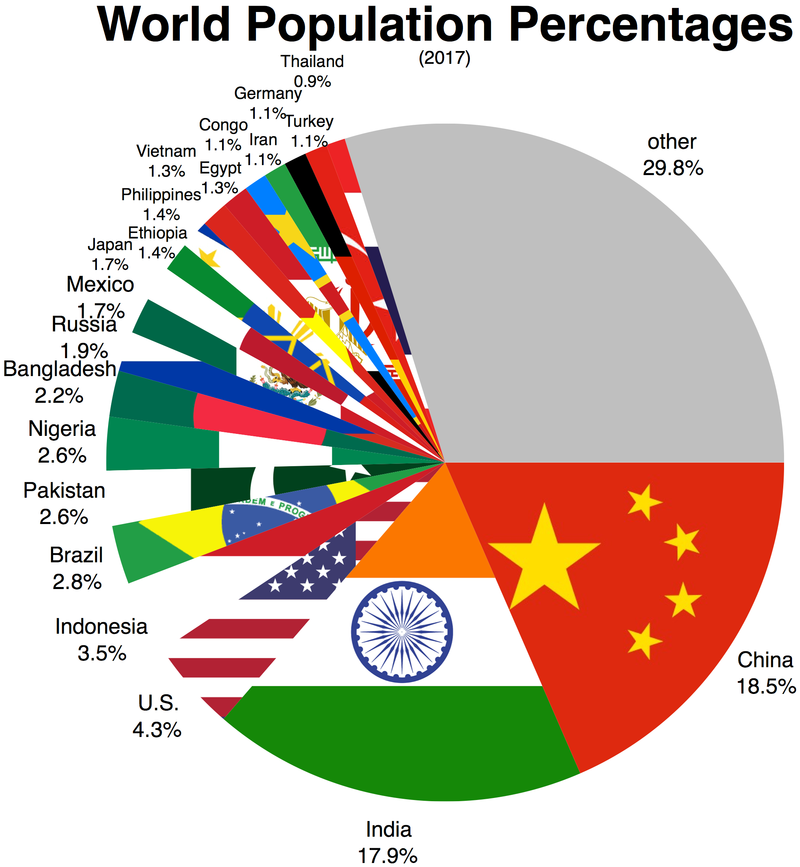How is Global Population Growth Changing?
Table of contents:
Global Population Growth Trends
The world’s population continues to grow, albeit at a slowing pace. Key trends include:
Continuing Growth at a Slower Pace
- The world’s population reached 7.8 billion by mid-2020, up from 7 billion in 2010 and 6 billion in 1998.
- However, the average annual growth rate has steadily decreased from a peak of 2.3% in the late 1960s to around 1.1% in 2015–2020.
- The slowing growth is closely related to declining fertility rates, which fell from 5.0 births per woman in 1950 to 2.4 in 2020 globally.

Large Variations Across Regions
- There are substantial variations in future population trends across regions and countries.
- Sub-Saharan Africa is projected to have most of the increase, while populations in Europe, Latin America, and Asia are expected to peak and start declining by 2050.
- India is projected to surpass China as the world’s most populous country by 2027.

Falling Fertility Rates
- Global fertility rates have more than halved since the 1960s, from over 5 children per woman to 2.3.
- Fertility rates are now below or close to 2 children per woman in Europe, the Americas, and Asia.
- Across Africa, fertility has fallen from almost 7 children per woman in the 1970s to almost 4 today, and is expected to approach 2 by the end of the century.
Aging Populations
- With declining fertility and increasing life expectancy, the world’s population is unprecedentedly aging.
- The global median age is expected to increase from 31 in 2020 to 42 in 2100.
- By 2073, there are projected to be more people aged 65 and older than under 15 for the first time.
Migration and Urbanization
- International migration has been on the rise since the beginning of this century.
- The world’s population is also urbanizing due to increased internal rural to urban migration.
- Nearly 30% of the world’s population is projected to live in cities of over 1 million by 2035, up from 20% in 2020.
In summary, while the world’s population will continue growing to around 9.7 billion by 2050, the pace of growth is slowing due to declining fertility rates, especially in developed regions. Substantial variations exist across countries, with sub-Saharan Africa expected to drive most of the increase. Populations are also aging and urbanizing globally.
Citations:
- United Nations - Global Issues: Population
- NCBI - PMC8393076
- Our World in Data - UN Population 2024 Revision
- Pew Research - World’s Population is Projected to Nearly Stop Growing by the End of the Century
- IMF - Infographic: Global Population Trends
- Our World in Data - Population Growth
- DNI - Demographics and Human Development
- UNFPA - World Population Trends
comments powered by Disqus